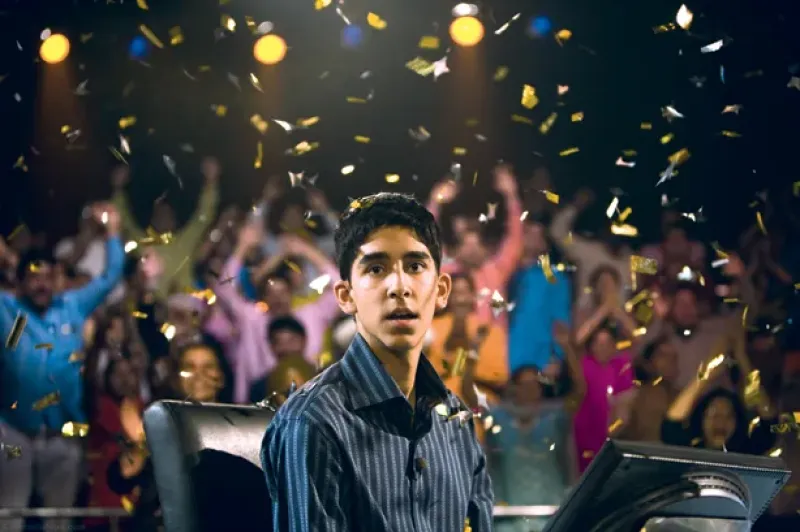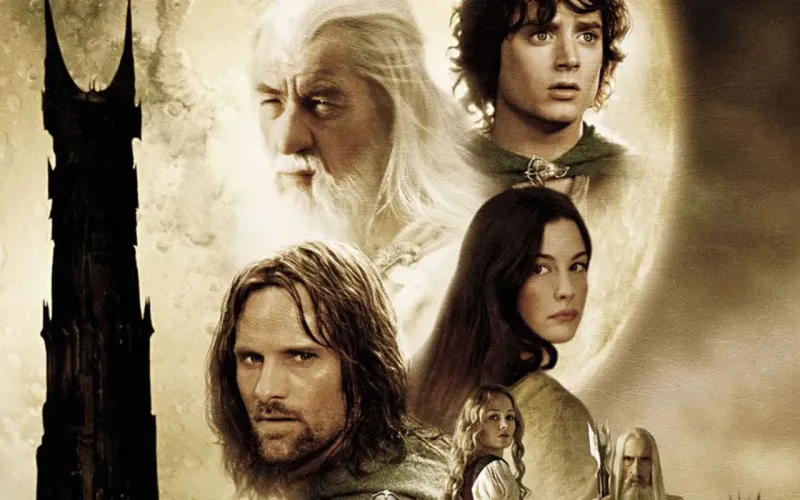Overview of 'Slumdog Millionaire'
'Slumdog Millionaire' is a critically acclaimed movie directed by Danny Boyle, released in 2008. The film is an adaptation of the novel "Q & A" by Vikas Swarup. It tells the compelling story of Jamal Malik, a young man from the slums of Mumbai, who finds himself on the Indian version of "Who Wants to Be a Millionaire?" The narrative cleverly intertwines his past life experiences with each question on the show, offering a rich tapestry of drama, emotion, and suspense.
This movie is notable for its unique storytelling approach, blending elements of drama, romance, and socio-economic commentary. It provides a vivid depiction of Indian culture and street life, highlighting the stark contrasts between poverty and wealth. The film’s innovative use of flashbacks to explore Jamal's life not only enriches the plot but also offers viewers insight into the protagonist’s motivations and struggles. 'Slumdog Millionaire' has won numerous accolades, including eight Academy Awards, which underscores its impact and excellence.
Key Characteristics and Cinematic Techniques
One of the standout features of 'Slumdog Millionaire' is its vibrant cinematography. Shot by Anthony Dod Mantle, the film captures the essence of Mumbai with a dynamic and colorful palette. The use of handheld cameras and quick cuts creates a sense of urgency and realism, immersing the audience in the bustling life of the city. This visual style is complemented by A.R. Rahman's energetic and emotive soundtrack, which blends traditional Indian music with modern influences.
In terms of narrative structure, the film employs a non-linear timeline, using flashbacks to reveal the protagonist's life story. This technique not only maintains suspense but also allows for a deeper exploration of the characters’ backgrounds and motivations. The screenplay, written by Simon Beaufoy, is praised for its witty and engaging dialogue, which balances moments of humor with profound emotional depth. These elements combined contribute to the film's compelling storytelling and its ability to resonate with a global audience.
Impact and Cultural Context
'Slumdog Millionaire' has had a significant cultural impact, both in India and internationally. It brought global attention to the realities of life in Indian slums, sparking discussions about poverty, inequality, and social mobility. The film also highlighted the resilience and resourcefulness of those living in challenging circumstances, offering a message of hope and determination. Its success has opened doors for more stories from the Indian subcontinent to be told on the global stage.
The movie’s reception was not without controversy, as some critics argued that it portrayed a stereotypical view of India. However, many praised it for its authenticity and representation of real societal issues. 'Slumdog Millionaire' also played a role in popularizing Bollywood-style films in the West, influencing filmmakers to explore diverse narratives and cultural themes. Its legacy continues to inspire discussions about the power of storytelling in bridging cultural divides and the impact of cinema as a tool for social change.












